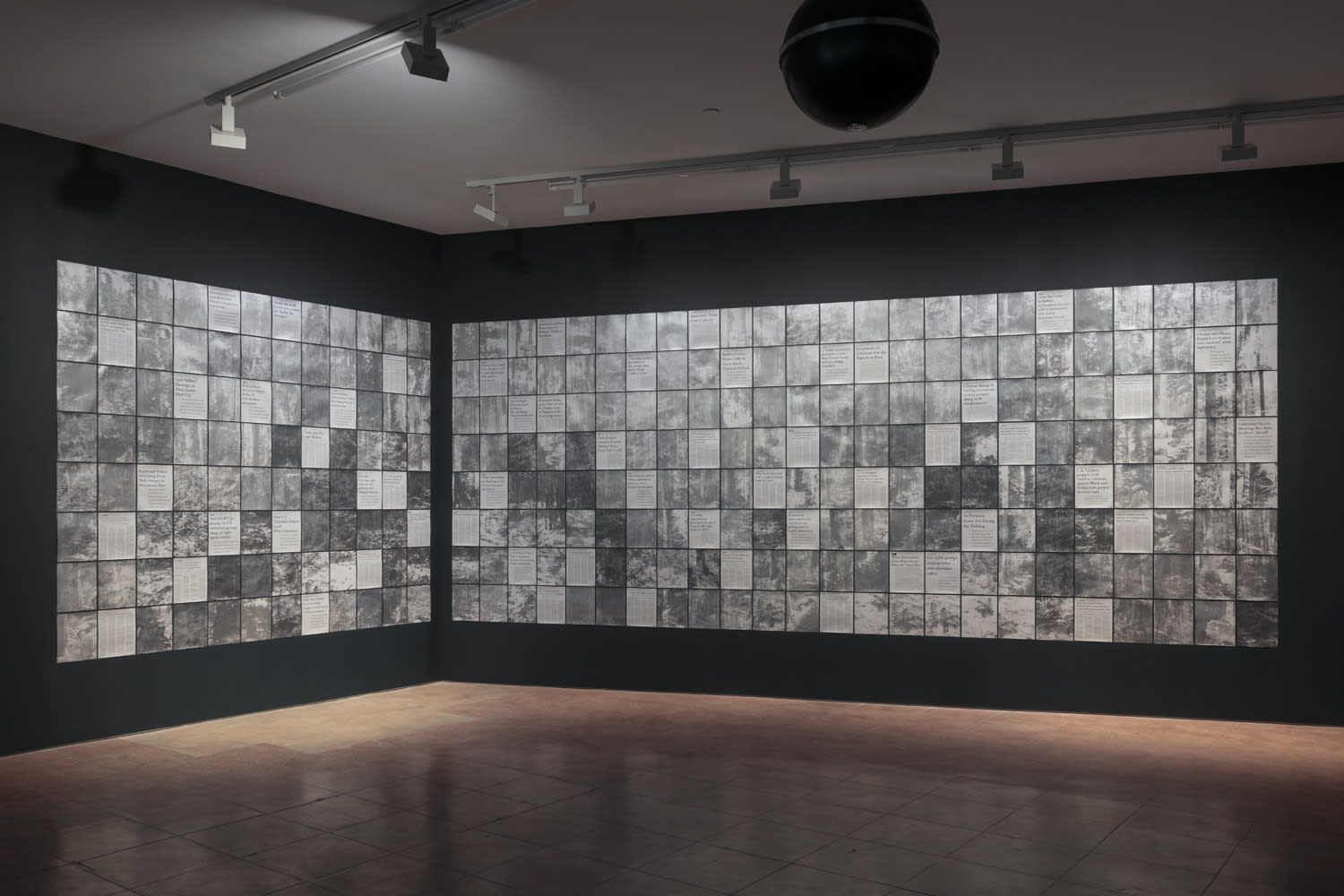
Andrea Geyer
plein-air, 2023
Silkscreen and archival digital print in two hundred and eighty-eight (288) parts
Dimensions vary with installation

This website uses cookies
This site uses cookies to help make it more useful to you. Please contact us to find out more about our Cookie Policy.